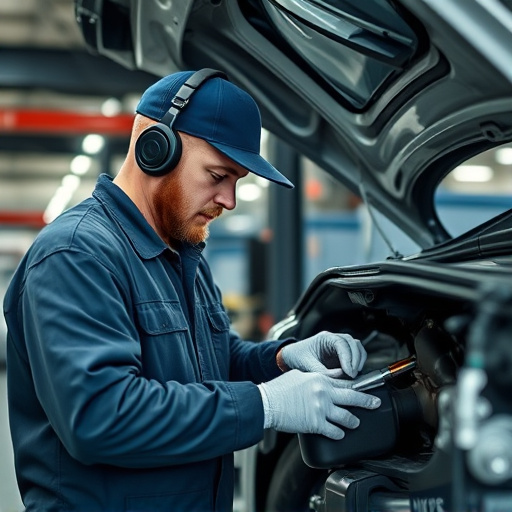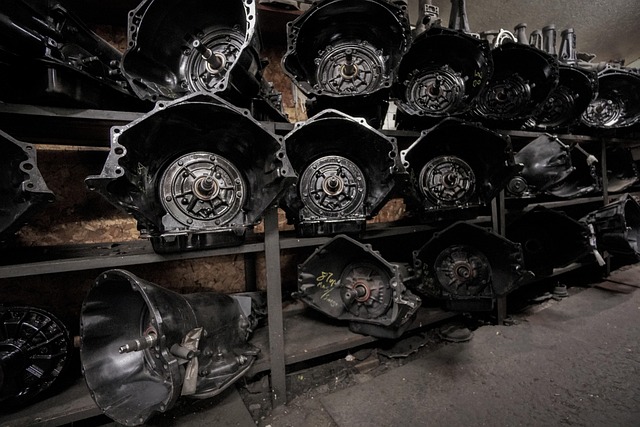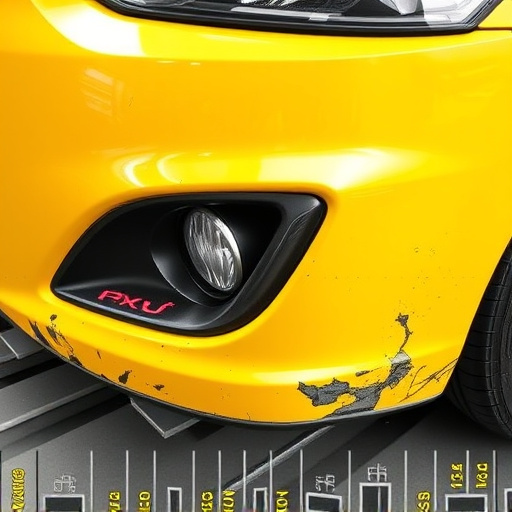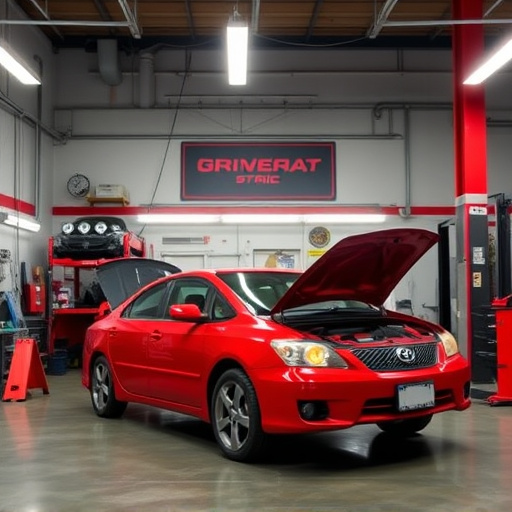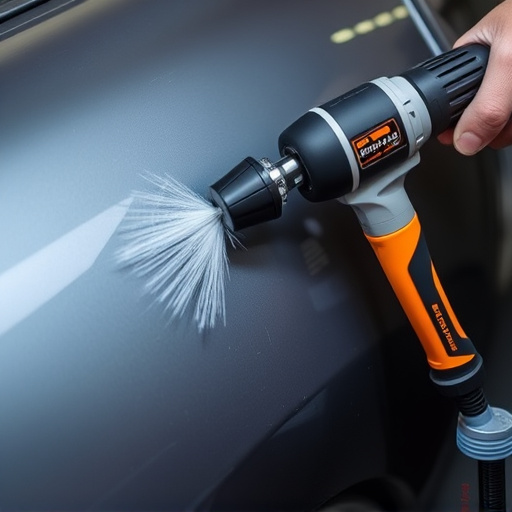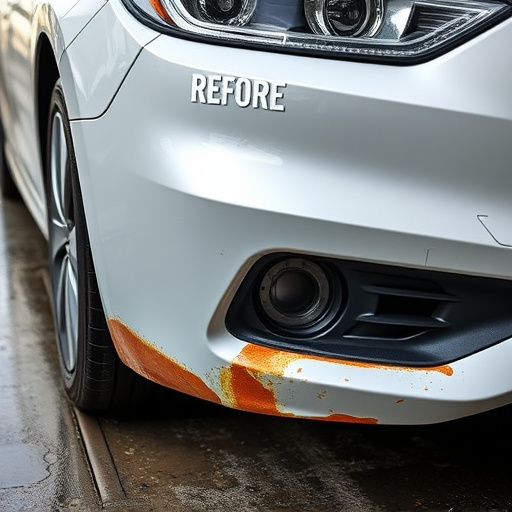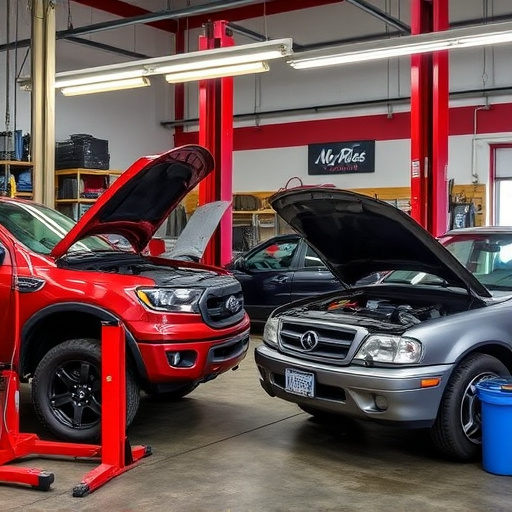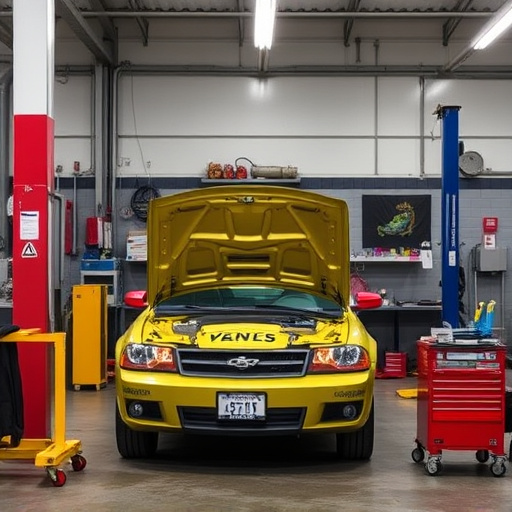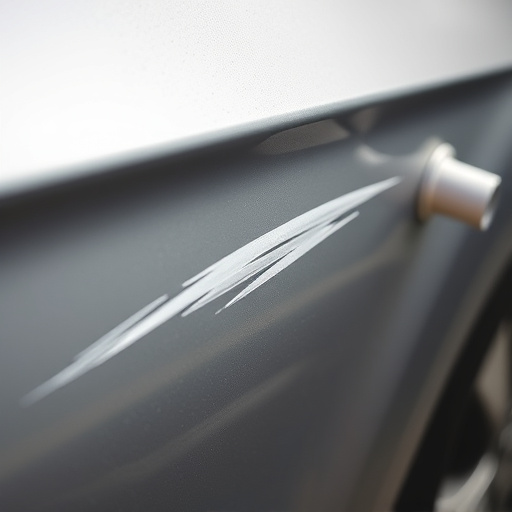Mercedes Lane Assist, an advanced driver assistance system (ADAS), uses cameras and sensors to keep vehicles in their lanes during maintenance. Accurate recalibration with OEM diagnostic tools by skilled technicians is crucial for maintaining its effectiveness. DIY recalibration offers cost savings but requires understanding vehicle systems and using compatible equipment for precise adjustments. Regular maintenance checks ensure optimal performance, enhancing safety features designed to prevent accidents.
Mercedes’ Lane Assist system is a driver-assistance feature designed to keep your vehicle centered in its lane. This advanced technology uses sensors to detect lane markings, alerting you if you drift out of your lane without signaling. Using original equipment manufacturer (OEM) diagnostic tools, you can perform a recalibration for optimal performance. This DIY process enhances accuracy and ensures the system functions seamlessly with your Mercedes’ advanced safety features. Learn how to recalibrate your Lane Assist and the benefits it offers.
- Understanding Mercedes Lane Assist and Its Functionality
- The Process of Recalibrating Lane Assist with OEM Tools
- Benefits and Best Practices for DIY Recalibration
Understanding Mercedes Lane Assist and Its Functionality

Mercedes Lane Assist is an advanced driver-assistance system (ADAS) designed to enhance safety on the road, particularly during lane maintenance and driving. This technology uses a combination of cameras and sensors to monitor a vehicle’s position relative to its lane markings. When it detects that a vehicle is drifting out of its lane without using turn signals, Lane Assist gently steers the car back into its lane, providing a crucial safety net for drivers. It’s a standard feature on many Mercedes-Benz models, designed to support drivers and prevent accidents.
The system works seamlessly with other ADAS features like Blind Spot Monitoring and Active Lane Change Assist, ensuring a comprehensive safety experience. Regular Mercedes lane assist recalibration is essential to maintain the accuracy of this critical system. This process, conducted using OEM diagnostic tools by skilled technicians at a trusted collision repair center or auto repair shop, ensures that the sensors and cameras are functioning optimally, allowing for precise lane detection and corrective actions. Body shop services specializing in ADAS recalibration play a vital role in keeping these safety features up-to-date and reliable.
The Process of Recalibrating Lane Assist with OEM Tools
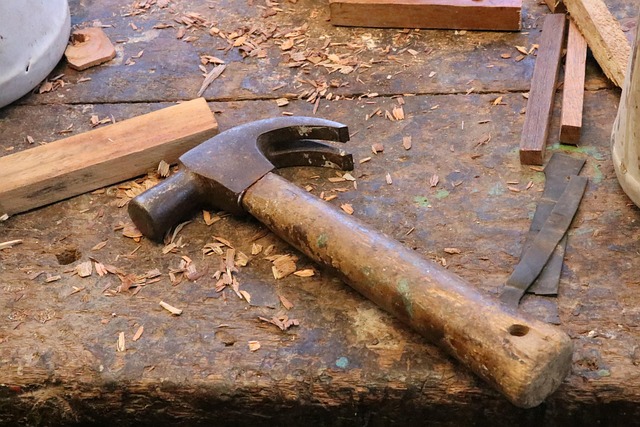
Recalibrating Mercedes Lane Assist with OEM diagnostic tools involves a meticulous process that ensures the system functions at peak performance. It begins with connecting specialized equipment, compatible with Mercedes-Benz vehicles, to the car’s onboard computer. This connection allows for in-depth diagnostics and adjustments to the lane departure warning (LDW) and active lane keeping (ALK) components of the Lane Assist system.
The auto body shop or collision repair shop performing the recalibration will use these tools to analyze sensor data, adjust threshold settings, and fine-tune algorithms responsible for detecting lane deviations. This meticulous process guarantees that the vehicle’s safety systems are aligned accurately, enhancing driver assistance and contributing to a smoother, safer driving experience in both daily commutes and auto body work situations.
Benefits and Best Practices for DIY Recalibration
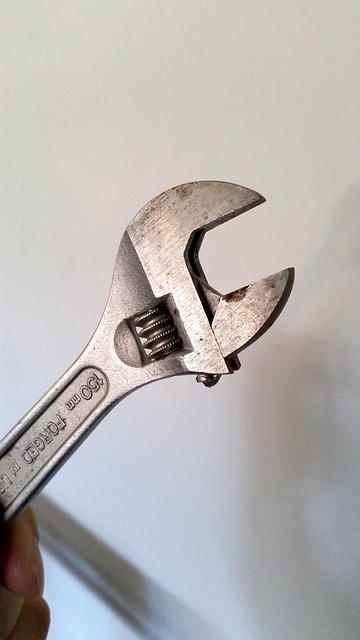
Recalibrating your Mercedes Lane Assist system yourself can offer several advantages. Not only does it save on professional diagnostic fees, but it also empowers car owners to take a more active role in maintaining their vehicle’s advanced driver-assistance systems (ADAS). DIY recalibration ensures that your Lane Assist is functioning optimally, enhancing safety features designed to prevent accidents and assist in keeping your Mercedes on course.
Best practices for DIY Mercedes Lane Assist recalibration include using OEM diagnostic tools specifically designed for the task. These tools ensure precise adjustments, as they connect directly to the car’s onboard computer, allowing you to calibrate sensors accurately. Regular maintenance checks, similar to tire services and vehicle restoration processes, are also recommended. By combining these practices with a thorough understanding of your vehicle’s systems, you can safely recalibrate your Lane Assist, ultimately improving both driving experience and road safety.
Mercedes Lane Assist recalibration using OEM diagnostic tools empowers vehicle owners to fine-tune their car’s safety features. By understanding how Lane Assist works and utilizing specialized equipment, individuals can ensure optimal performance. This DIY approach offers benefits such as cost savings and the convenience of scheduling maintenance on one’s own terms. However, it’s crucial to follow best practices for accurate results, including using genuine tools and adhering to manufacturer guidelines to maintain the system’s integrity. With these steps, car enthusiasts can take control of their Mercedes’ Lane Assist recalibration, enhancing their driving experience.

